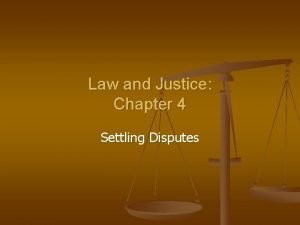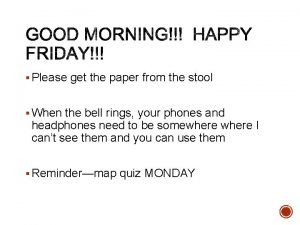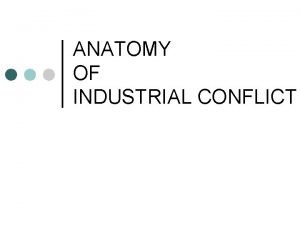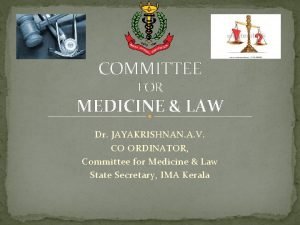Chapter 26 A Practice Quiz Tutorial Policy Disputes








- Slides: 8

Chapter 26 A Practice Quiz Tutorial Policy Disputes Using the Self. Correcting Aggregate Demand Supply Model © 2000 South-Western College Publishing 1

1. Assume the economy is experiencing a recessionary gap. Classic economists would support which of the following policies: a. b. c. d. Contractionary Expansionary Nonintervention Fixed wage c. Under nonintervention policy, the classical assumption is that nominal wages are flexible and unemployed workers compete for jobs. As the wage rate falls, the short-run aggregate supply curve increases and restores full employment real GDP. 2

2. Assume the economy is in short-run equilibrium at a real GDP. According to classical self-correction theory, which of the following policies should be followed? a. The Federal Reserve should increase the money supply b. The federal government should increase spending. c. The federal government should cut taxes. d. None of the above d. Answers a. , b. , and c. , are examples of interventionist monetary and fiscal policies. 3

3. Assuming the economy is in a recession, classical economists predict that: a. wages will remain fixed b. monetary policy will sell government securities. c. higher wages will shift the short-run aggregate supply curve leftward. d. lower wages will shift the short-run aggregate supply curve rightward. d. According to classical economists, competition among employed workers during a recession causes a reduction in the cost of labor. As a result, firms can supply more real GDP at each possible price level, which is represented by an increase in the short-run aggregate supply curve. 4

4. Assume the economy is operating at a real GDP below full-employment real GDP. Keynesian economists would prescribe which of the following policies: a. Nonintervention b. Fixed rule c. Contractionary d. Expansionary d. Keynesians advocate discretionary fiscal policy and discretionary monetary policy. Under this expansionary policy, government increases spending or decrease taxes while the Fed increases the money supply. 5

5. Assume the economy is in short-run equilibrium at a real GDP above its potential real GDP. According to Keynesian theory, which of the following policies should be followed? a. The Federal Reserve should use open market operations and buy U. S. government securities. b. The Federal Reserve should follow a fixed rule. c. The federal government should cut taxes. d. Fiscal policy and monetary policy should be contractionary. d. Keynesians advocate discretionary fiscal policy and discretionary monetary policy. Under contractionary policy, government decreases spending or increases taxes while the Fed decreases the money supply. 6

6. Assume the economy is experiencing an inflationary gap. Keynesian economists would believe that: a. wages will remain inflexible. b. the federal government should decrease spending. c. the Federal Reserve should lower the interest rate. d. The federal government should increase spending to shift the aggregate demand curve rightward. b. Decreasing government spending shifts the aggregate demand curve leftward until fullemployment real GDP is restored. 7

END 8















